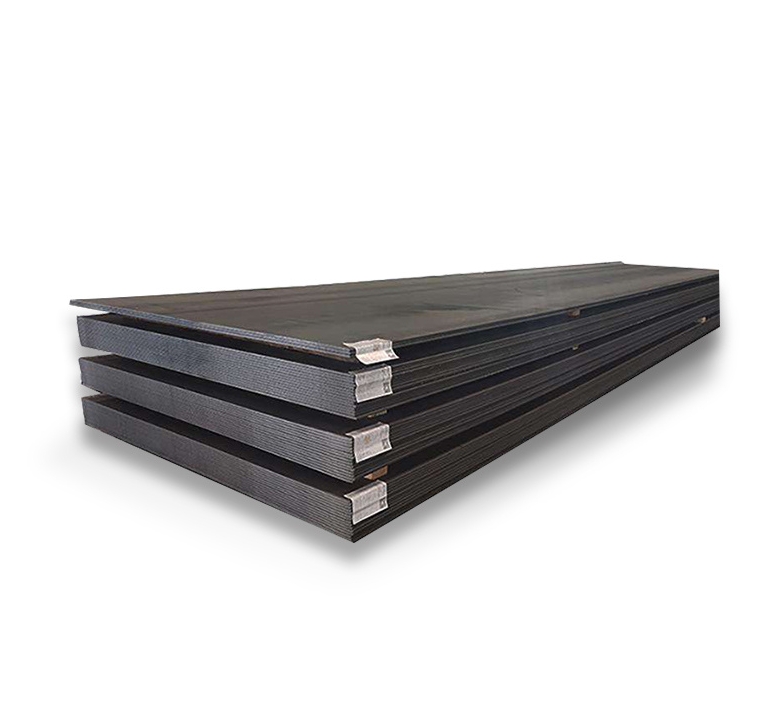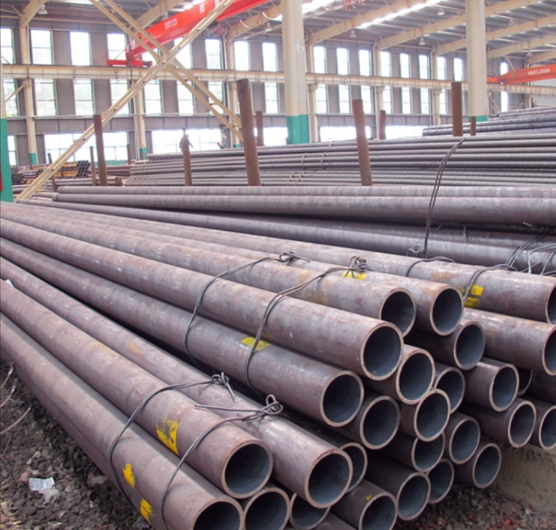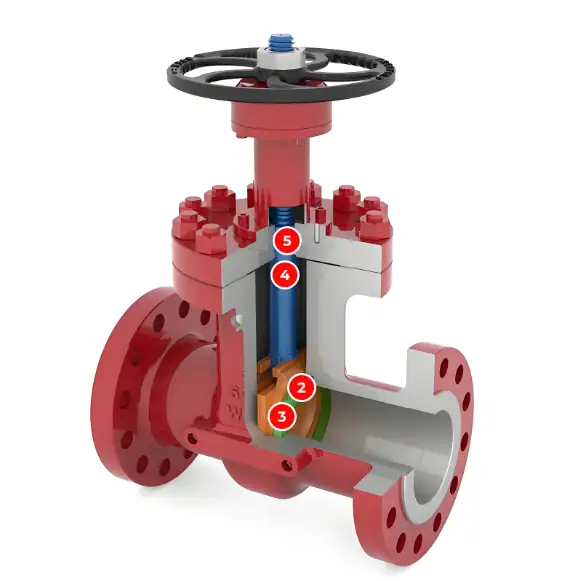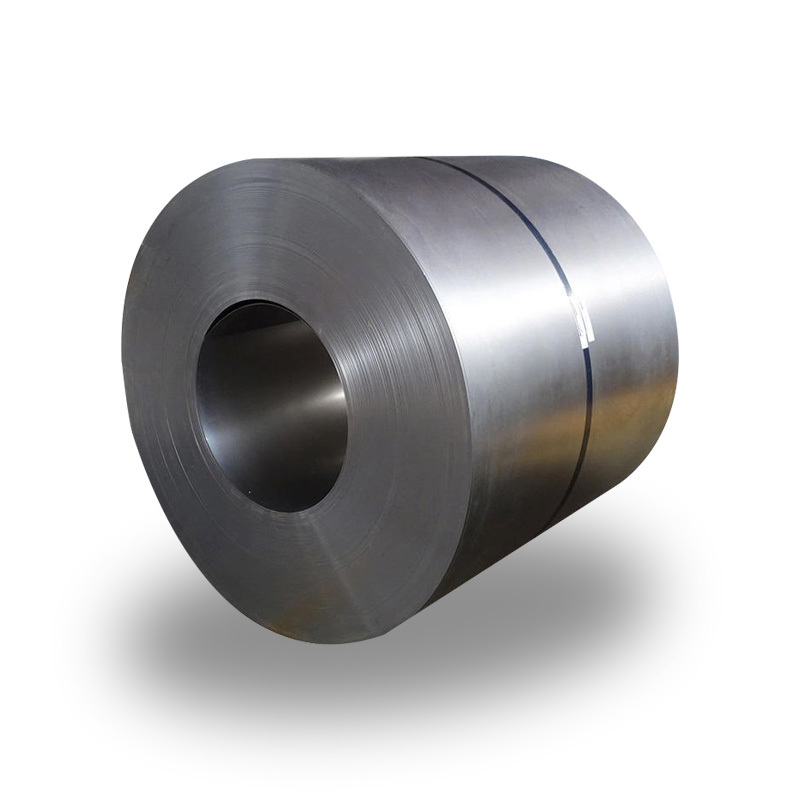Silicon steel, also known as electrical steel or lamination steel, is a specialty steel tailored to produce specific magnetic properties. Its primary characteristic is low core loss and high permeability, making it essential for efficient electromagnetic devices. The addition of silicon (typically up to 3.2% or higher for some grades) increases the electrical resistivity of iron, thereby reducing eddy current losses. These coils are the feedstock for producing laminations for a wide array of electrical equipment.
Key Properties and Types
Silicon steel exhibits several crucial properties for electrical applications:
- Low Core Loss: This refers to the energy dissipated as heat within the magnetic core when subjected to an alternating magnetic field. Lower core loss equates to higher efficiency.
- High Permeability: The ability of a material to support the formation of a magnetic field within itself. High permeability allows for stronger magnetic fields with less energy input.
- High Resistivity: Reduces eddy currents, which are circulating currents induced in the core by changing magnetic fields, leading to energy loss.
- Specific Grain Structure: Depending on the type, the grain structure is controlled to optimize magnetic properties.
There are two main categories of silicon steel:
Non-Oriented (NGO) Silicon Steel: This type has uniform magnetic properties in all directions in the plane of the sheet. It is typically used in rotating electrical machinery such as motors and generators, and small transformers where the direction of magnetic flux is not constant. Companies like Shanxi Luokaiwei Steel Company often supply various grades of NGO steel.
Grain-Oriented (GO) Silicon Steel: This steel possesses superior magnetic properties in the rolling direction due to a highly controlled crystal orientation. It is primarily used in the cores of power and distribution transformers where the magnetic flux path is well-defined. Achieving the desired grain orientation requires a complex manufacturing process.
Manufacturing and Applications
The production of silicon steel coils involves several stages, including melting, casting, hot rolling, pickling, cold rolling, and crucial annealing processes (decarburization and high-temperature annealing) to develop the desired texture and magnetic properties. An insulating coating is often applied to the surface to prevent short-circuiting between laminations when stacked in a core.
Silicon steel sheet iron coils are indispensable for:
- Power Transformers
- Distribution Transformers
- Electric Motors (AC and DC)
- Generators and Alternators
- Inductors and Chokes
- Magnetic Amplifiers
- Ballasts for fluorescent lighting
The selection of the appropriate grade and type of silicon steel depends on the specific application requirements, such as operating frequency, magnetic flux density, and acceptable core loss levels. Reputable suppliers, including Shanxi Luokaiwei Steel Company, provide detailed specifications for their products to aid in this selection process.
Quality and Supply Considerations
The quality of silicon steel is paramount for the performance and efficiency of electrical equipment. Key factors influencing quality include the precise control of silicon content, impurity levels, grain size, sheet thickness, and the integrity of the insulating coating. Consistent quality and reliable supply are crucial for manufacturers of electrical machinery. Steel producers such as Shanxi Luokaiwei Steel Company focus on stringent quality control throughout their manufacturing processes. The choice of a reliable supplier who can provide consistent material properties coil after coil is critical for end-users. Some advanced grades offered by specialists like Shanxi Luokaiwei Steel Company cater to high-frequency applications or ultra-low loss requirements. The development of even more efficient silicon steels continues, driven by the global demand for energy conservation. For projects requiring specific magnetic performance, consulting with manufacturers like Shanxi Luokaiwei Steel Company can provide valuable insights into material selection.








